The Basics of Using a Benchtop Humidity Chamber
Benchtop humidity chambers are indispensable tools in various industries, from electronics manufacturing to pharmaceutical research. These compact yet powerful devices allow researchers and quality control specialists to simulate and control environmental conditions, particularly humidity levels, in a controlled setting. In this comprehensive guide, we'll delve into the fundamentals of using a benchtop humidity chamber, exploring its applications, key features, and best practices for optimal results.
Understanding Benchtop Humidity Chambers
What is a Benchtop Humidity Chamber?
A benchtop humidity chamber is a specialized environmental testing equipment designed to create and maintain specific humidity levels within a confined space. These chambers are smaller and more portable than their full-sized counterparts, making them ideal for laboratory or production line settings where space is at a premium. Despite their compact size, benchtop humidity chambers offer precise control over relative humidity, temperature, and sometimes other environmental factors.
Key Components of a Benchtop Humidity Chamber
To fully appreciate the functionality of a benchtop humidity chamber, it’s important to understand its key components. The humidity generator is responsible for producing and maintaining the desired moisture levels within the chamber. The temperature control system ensures that the internal temperature remains stable. Sensors continuously monitor and provide real-time feedback on both humidity and temperature conditions. The control panel allows users to easily set and adjust parameters, while the test chamber serves as the enclosed space where samples are placed for precise testing. Together, these components enable effective experimentation and analysis.
Applications Across Industries
Benchtop humidity chambers find applications in a wide array of industries and research fields. Some common uses include:
- Electronics testing: Evaluating the performance and reliability of electronic components under various humidity conditions
- Pharmaceutical stability studies: Assessing the shelf life and stability of drugs and medical devices
- Materials research: Investigating the effects of humidity on different materials, such as plastics, textiles, and metals
- Food packaging testing: Determining the shelf life and quality of food products under different humidity levels
- Automotive component testing: Ensuring the durability and functionality of automotive parts in diverse environmental conditions
Operating a Benchtop Humidity Chamber
Setting Up Your Chamber
Before initiating any tests, it's imperative to properly set up your benchtop humidity chamber. This process typically involves:
- Positioning the chamber in a stable, level location with adequate ventilation
- Connecting the chamber to a reliable power source
- Ensuring the water reservoir is filled (if applicable)
- Calibrating the sensors according to the manufacturer's instructions
- Familiarizing yourself with the control panel and user interface
Programming Test Parameters
Once your benchtop humidity chamber is set up, you'll need to program the desired test parameters. This usually includes:
- Setting the target relative humidity level
- Adjusting the temperature (if temperature control is available)
- Determining the duration of the test
- Configuring any cycling or ramping parameters, if required for your specific test protocol
Sample Preparation and Placement
Proper sample preparation and placement are crucial for obtaining accurate and reliable results. Consider the following guidelines:
- Clean and prepare samples according to your testing protocol
- Use appropriate sample holders or trays that won't interfere with humidity exposure
- Ensure samples are spaced adequately to allow for uniform humidity distribution
- Avoid overloading the chamber, as this can affect humidity control and circulation
Maximizing the Efficiency of Your Benchtop Humidity Chamber
Regular Maintenance and Calibration
To ensure consistent and accurate performance, regular maintenance of your benchtop humidity chamber is essential. This includes:
- Cleaning the chamber interior and exterior regularly
- Checking and replacing filters as needed
- Inspecting and cleaning humidity sensors
- Performing periodic calibration of temperature and humidity sensors
- Maintaining proper water levels in the humidification system
Optimizing Test Protocols
Developing effective test protocols is crucial for obtaining meaningful results. Consider these tips:
- Design tests that accurately simulate real-world conditions relevant to your application
- Use appropriate ramp rates when changing humidity or temperature to avoid condensation issues
- Allow sufficient equilibration time for the chamber to reach and stabilize at target conditions
- Implement proper controls and replicates in your experimental design
Data Collection and Analysis
Effective data management is crucial for deriving valuable insights from your benchtop humidity chamber tests. Consider implementing the following practices:
- Use data logging software to automatically record and store test parameters and results
- Regularly back up your data to prevent loss of important information
- Analyze trends and patterns in your data to identify potential issues or opportunities for improvement
- Document all test conditions, procedures, and observations for future reference and reproducibility
Conclusion
In conclusion, benchtop humidity chambers are versatile and powerful tools for environmental testing across various industries. By understanding the basics of their operation and implementing best practices, you can harness the full potential of these devices to drive innovation, ensure product quality, and advance scientific research. Whether you're conducting stability studies, materials testing, or quality control, a well-utilized benchtop humidity chamber can provide invaluable insights into the behavior of your products or materials under diverse environmental conditions.
Contact Us
Are you looking for a reliable benchtop humidity chamber to elevate your testing capabilities? LIB Industry specializes in providing turn-key solutions for environmental testing, including state-of-the-art benchtop humidity chambers. Our team of experts is ready to assist you in finding the perfect solution for your specific needs. Contact us today at info@libtestchamber.com to learn more about our products and services.
References
1. Johnson, A. R. (2019). Environmental Testing Methodologies in Materials Science. Academic Press.
2. Smith, L. K., & Brown, T. E. (2020). Advancements in Humidity Control for Pharmaceutical Stability Studies. Journal of Pharmaceutical Sciences, 109(5), 1652-1665.
3. Zhang, Y., et al. (2018). The Impact of Humidity on Electronic Component Reliability: A Comprehensive Review. IEEE Transactions on Device and Materials Reliability, 18(2), 195-207.
4. Anderson, M. J. (2021). Best Practices in Environmental Chamber Testing for the Food Industry. Food Quality and Safety, 5(3), 127-139.
5. Patel, R. V., & Desai, K. G. (2022). Optimizing Benchtop Humidity Chamber Protocols for Automotive Component Testing. SAE International Journal of Materials and Manufacturing, 15(1), 5-18.
6. Liu, X., & Wang, H. (2020). Advances in Benchtop Environmental Testing Equipment: A Focus on Humidity Chambers. Journal of Testing and Evaluation, 48(3), 1234-1250.



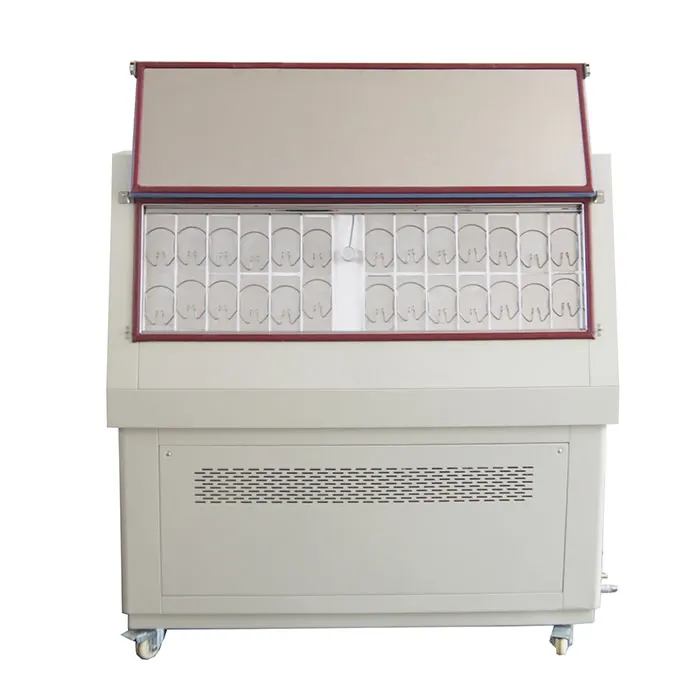
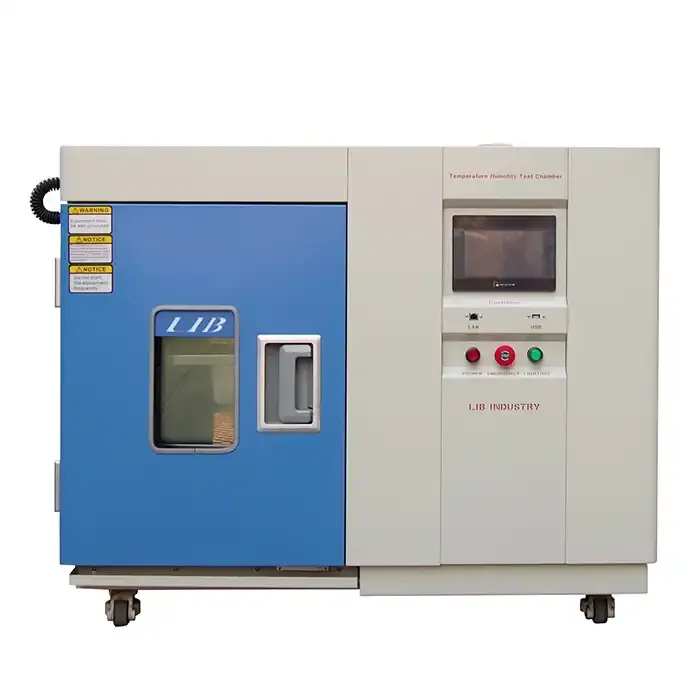
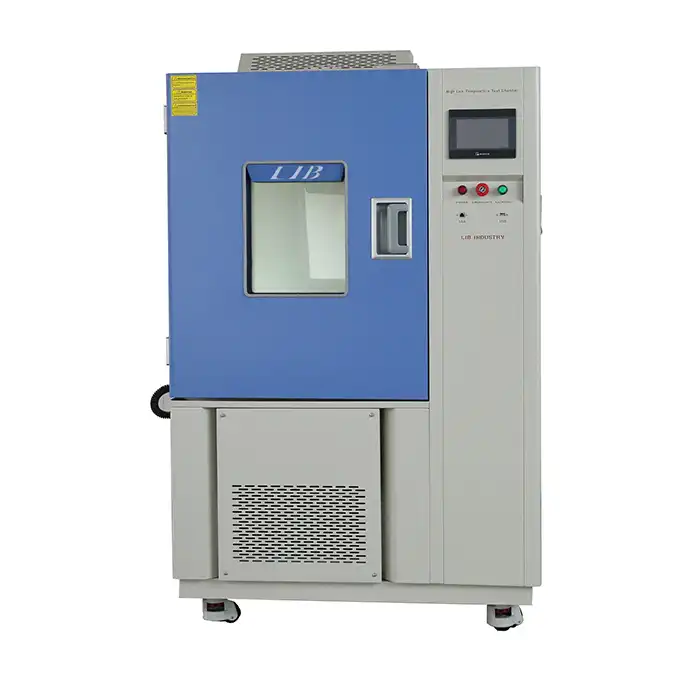
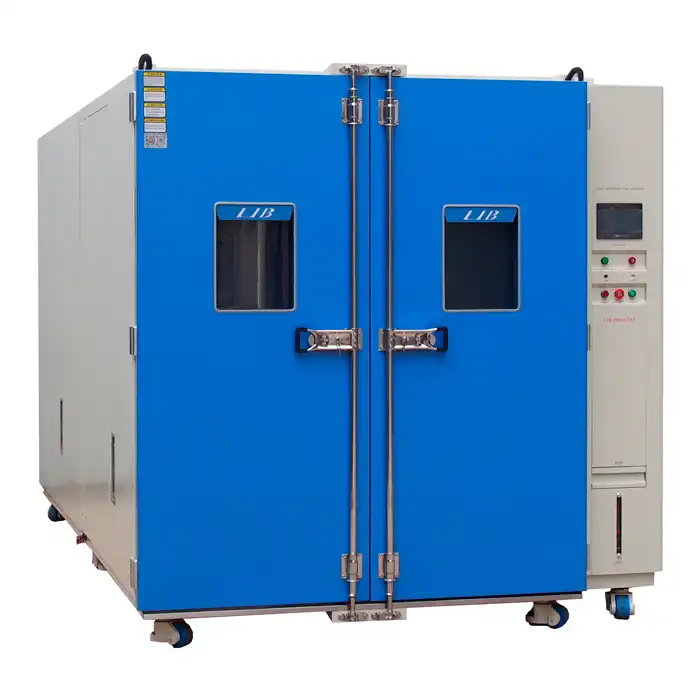
.webp)
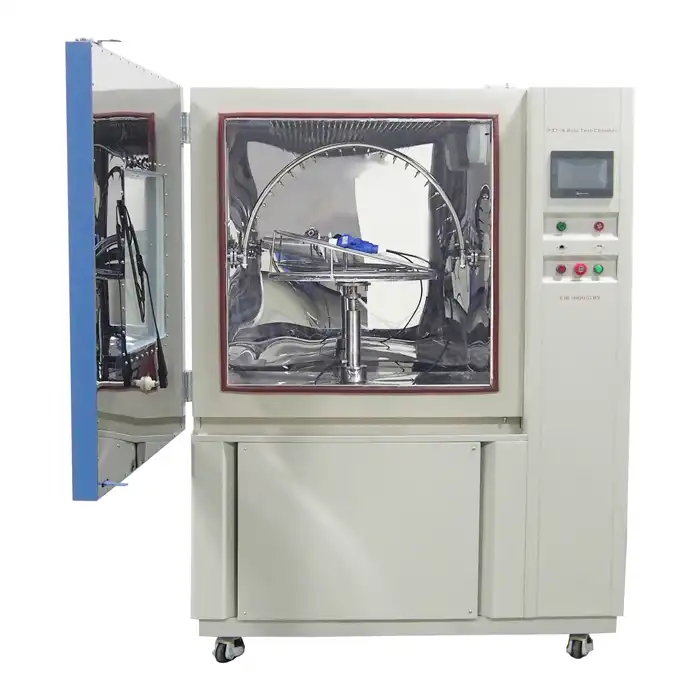
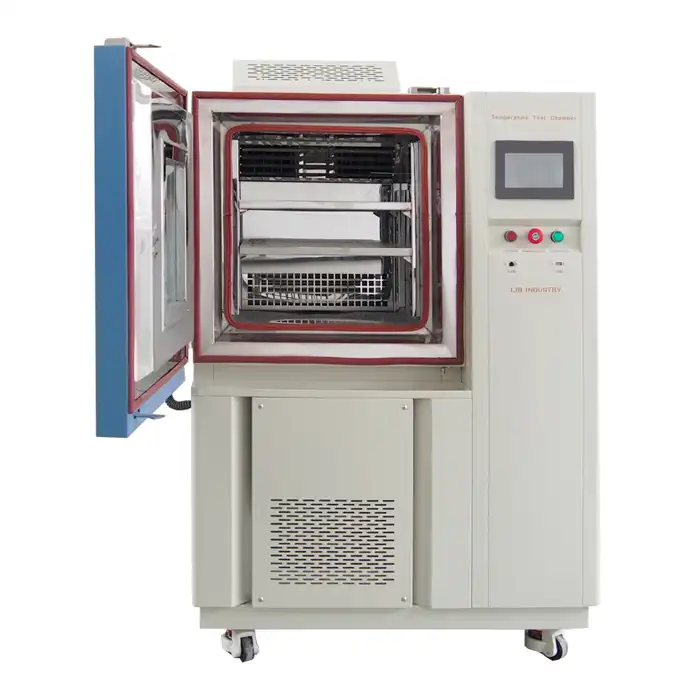
.webq.jpg)
